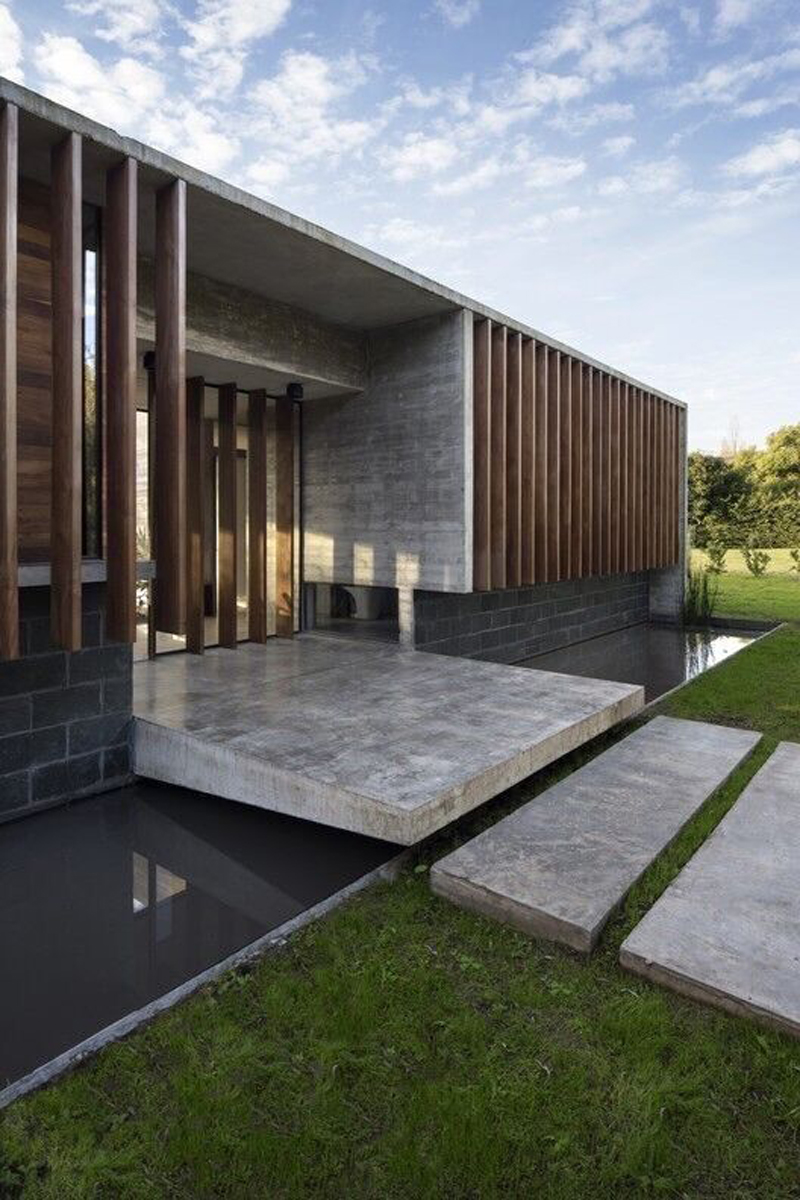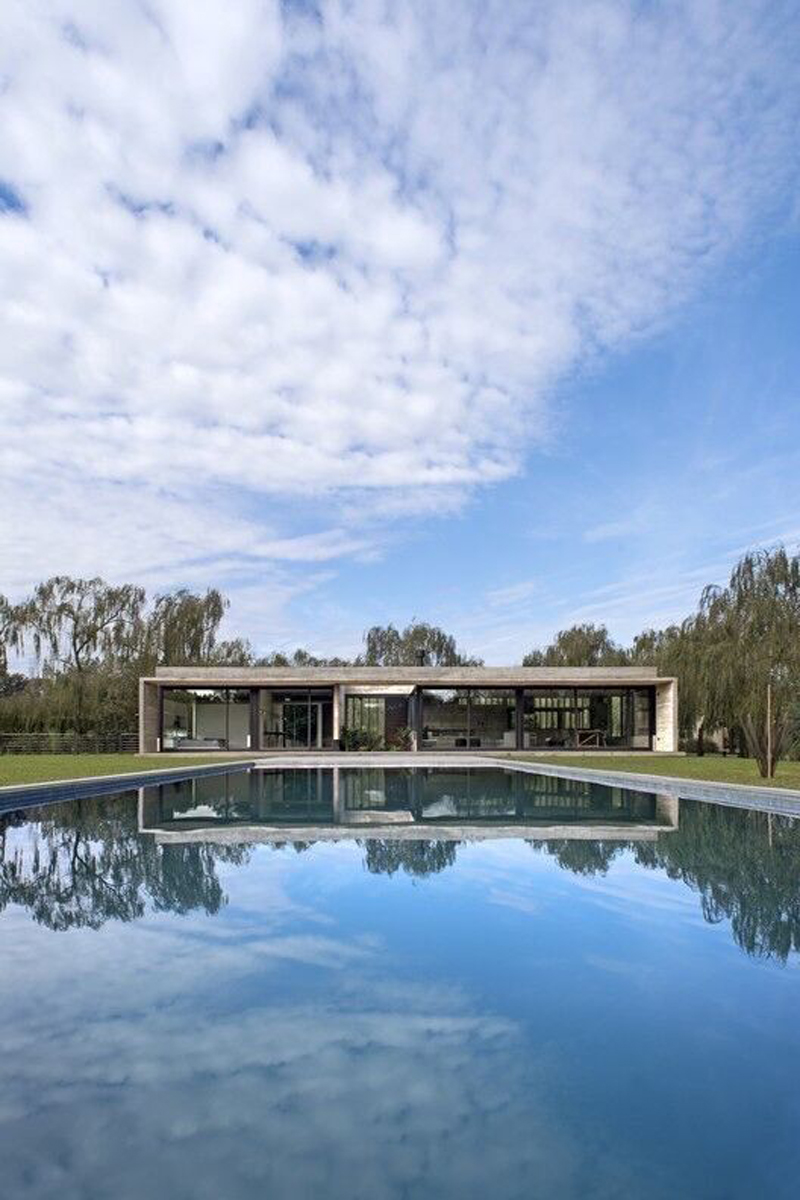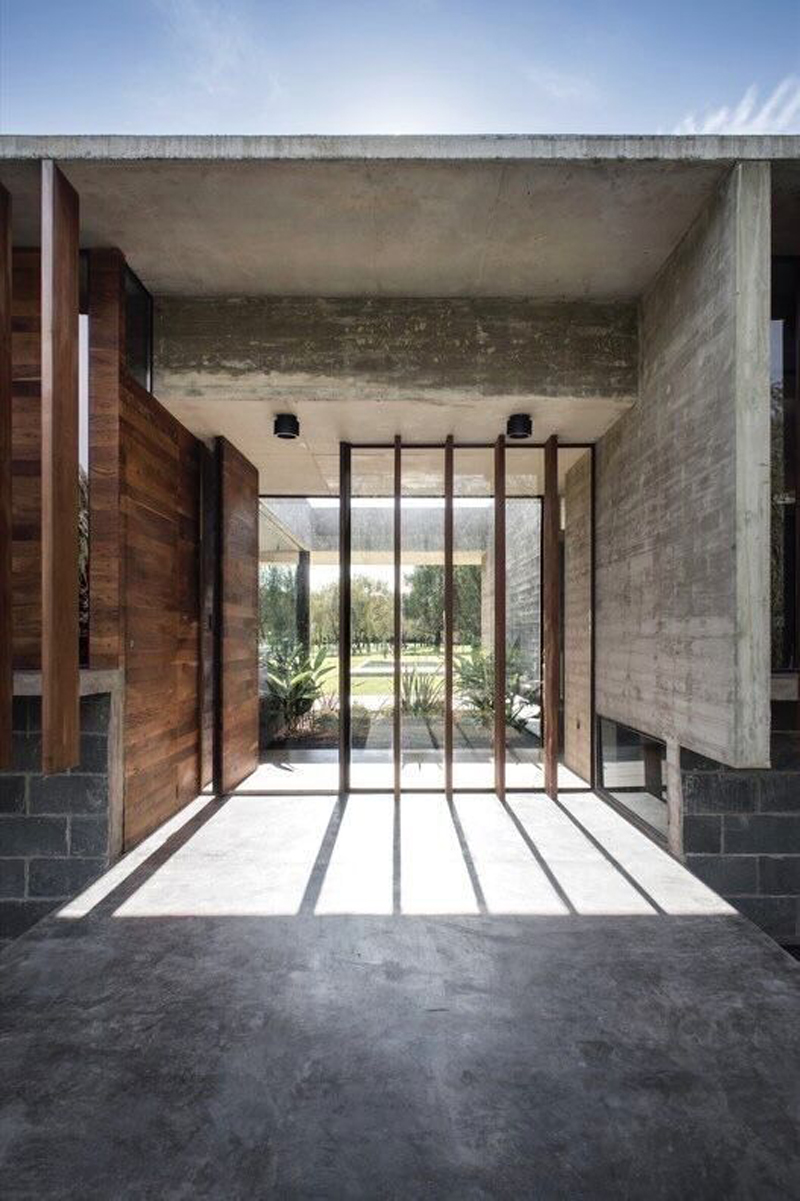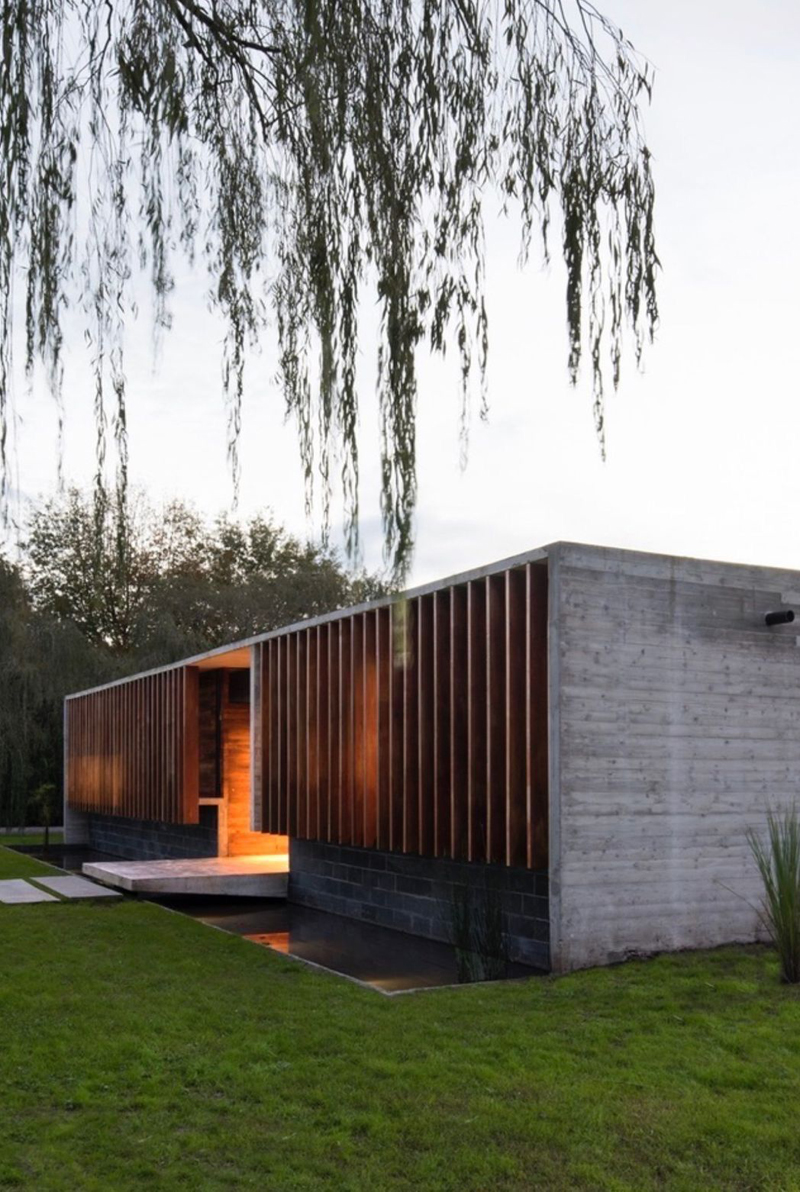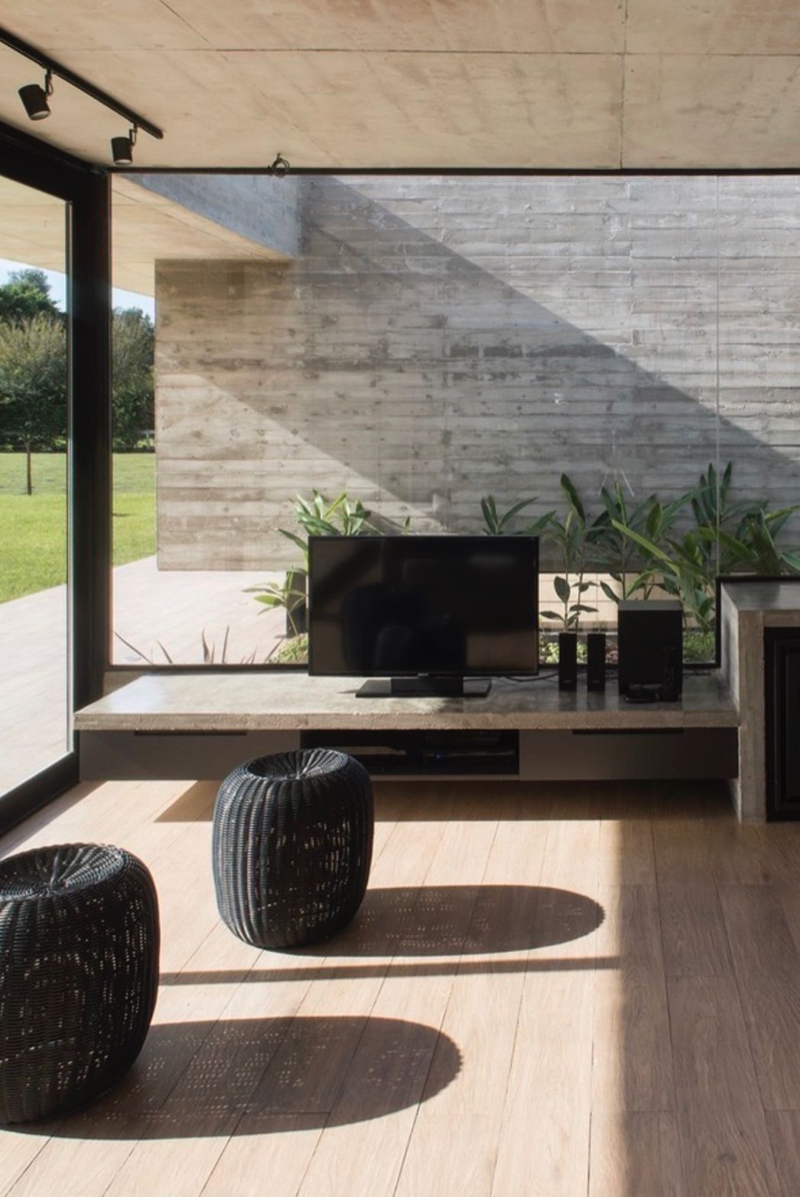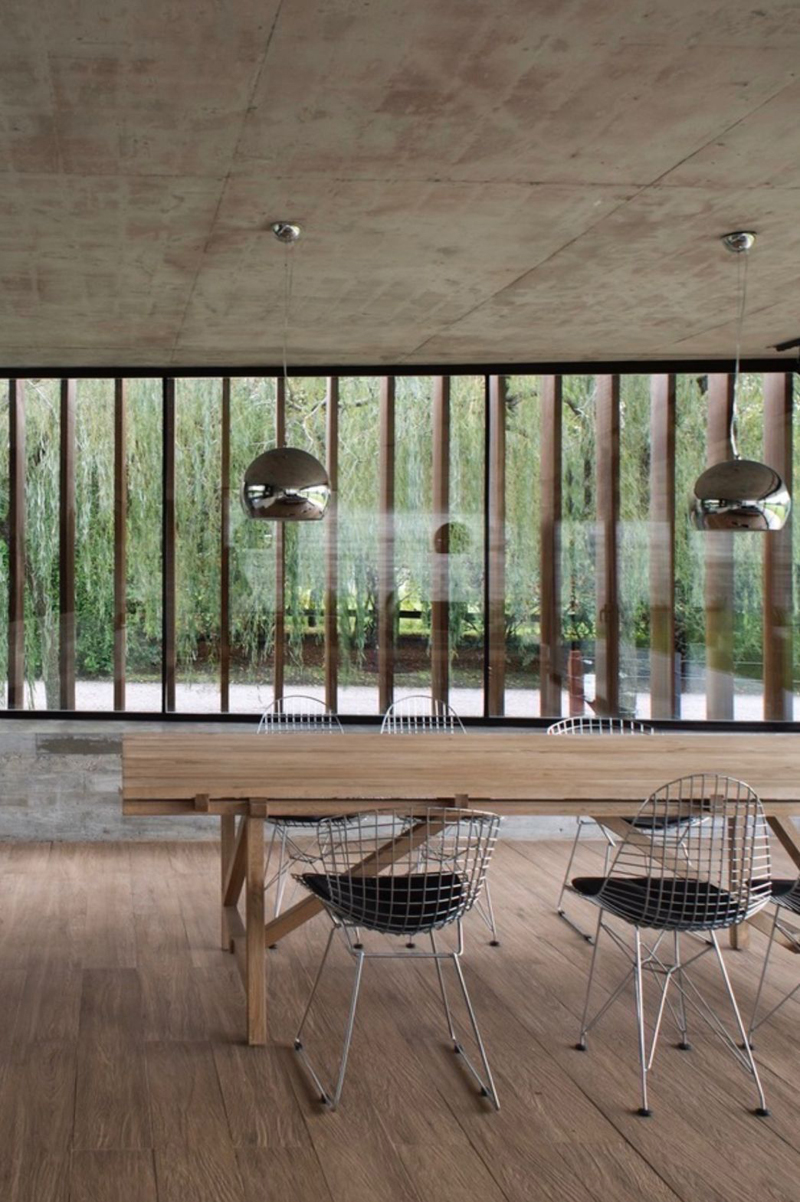In recent years, there has been a noticeable shift in the construction industry, with wood emerging as a popular choice for builders and architects worldwide. This growing trend is not without reason. Wood offers a range of benefits that make it an attractive option for construction projects, both from an environmental and practical standpoint. In this blog article, we will explore why wood is gaining ground in construction and why it is becoming the material of choice for many builders and developers.
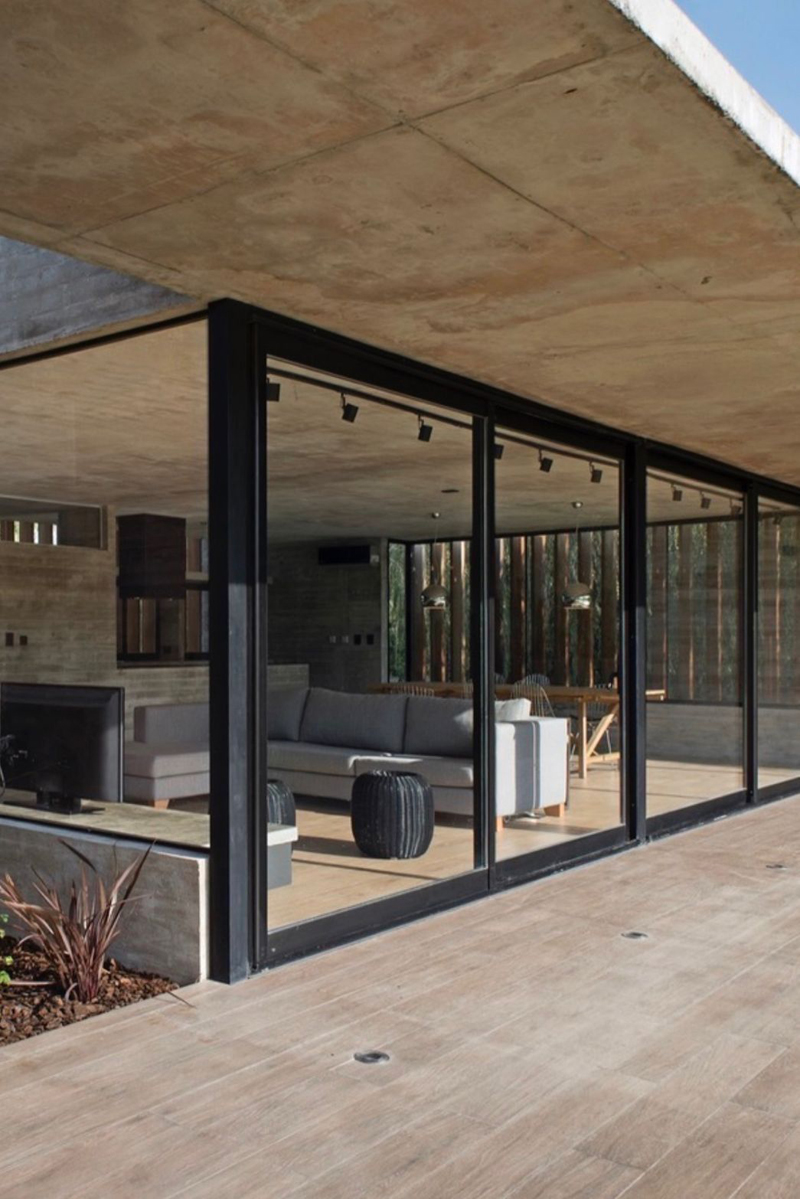
Sustainability and Environmental Benefits:
Wood is a renewable resource, unlike concrete or steel, which makes it a more sustainable choice for construction. As concerns about climate change and environmental impact grow, builders are seeking materials that have a smaller carbon footprint. Wood, when responsibly sourced and managed, can be a highly sustainable option. It sequesters carbon dioxide throughout its lifetime, acting as a carbon sink, and has a lower embodied energy compared to other materials. Additionally, using wood can contribute to reducing greenhouse gas emissions, promoting a greener and more eco-friendly construction industry.
Aesthetics and Design Flexibility:
Wood has a timeless beauty and warmth that can enhance the aesthetics of any structure. Its natural grains, textures, and colors create a visually pleasing and inviting environment. Furthermore, wood offers great design flexibility, allowing architects to create unique and innovative structures. It can be used for everything from traditional log cabins to modern, cutting-edge designs, making it a versatile choice for construction projects.
Structural Performance and Durability:
Contrary to common misconceptions, wood is a strong and durable building material. Modern engineering techniques and treatment methods have improved its strength and resistance to fire, pests, and decay. Engineered wood products, such as cross-laminated timber (CLT), have gained popularity due to their exceptional strength-to-weight ratio and structural performance. They can withstand heavy loads and seismic forces, making wood a viable option for constructing tall buildings and large-scale structures.
Construction Efficiency and Cost-Effectiveness:
Wood is lightweight and easier to handle than other materials, resulting in faster and more efficient construction processes. Prefabricated wood components can be manufactured off-site, reducing on-site construction time and minimizing disruptions to the surrounding area. Moreover, wood construction can be cost-effective, especially in regions where timber resources are abundant. It offers competitive pricing compared to concrete and steel, making it an attractive option for developers and contractors.
Health and Well-being:
Wood has been shown to have positive effects on human health and well-being. Research suggests that being surrounded by wood can reduce stress, lower blood pressure, and improve cognitive function. The natural warmth and acoustic properties of wood create a comfortable and calming environment, contributing to better indoor air quality and overall occupant satisfaction.
Conclusion:
As sustainability becomes increasingly important in the construction industry, wood is gaining ground as a preferred building material. Its sustainable attributes, design flexibility, structural performance, construction efficiency, and positive impact on human well-being make it an appealing choice for builders and architects. With ongoing advancements in wood engineering and construction techniques, we can expect to see even more innovative and sustainable wooden structures in the future.
